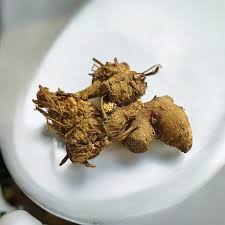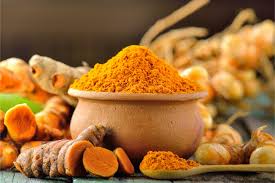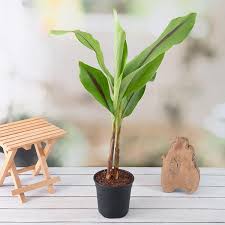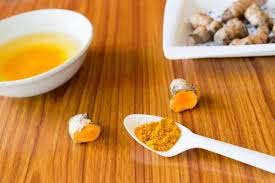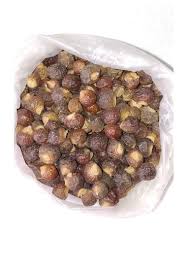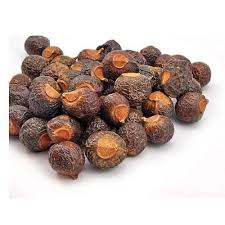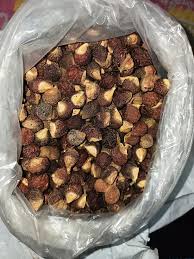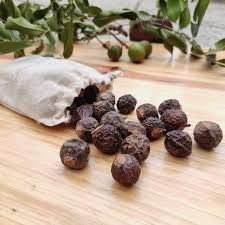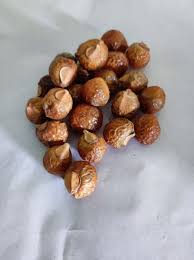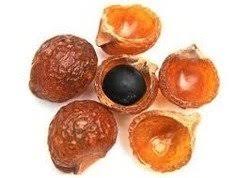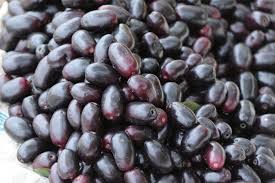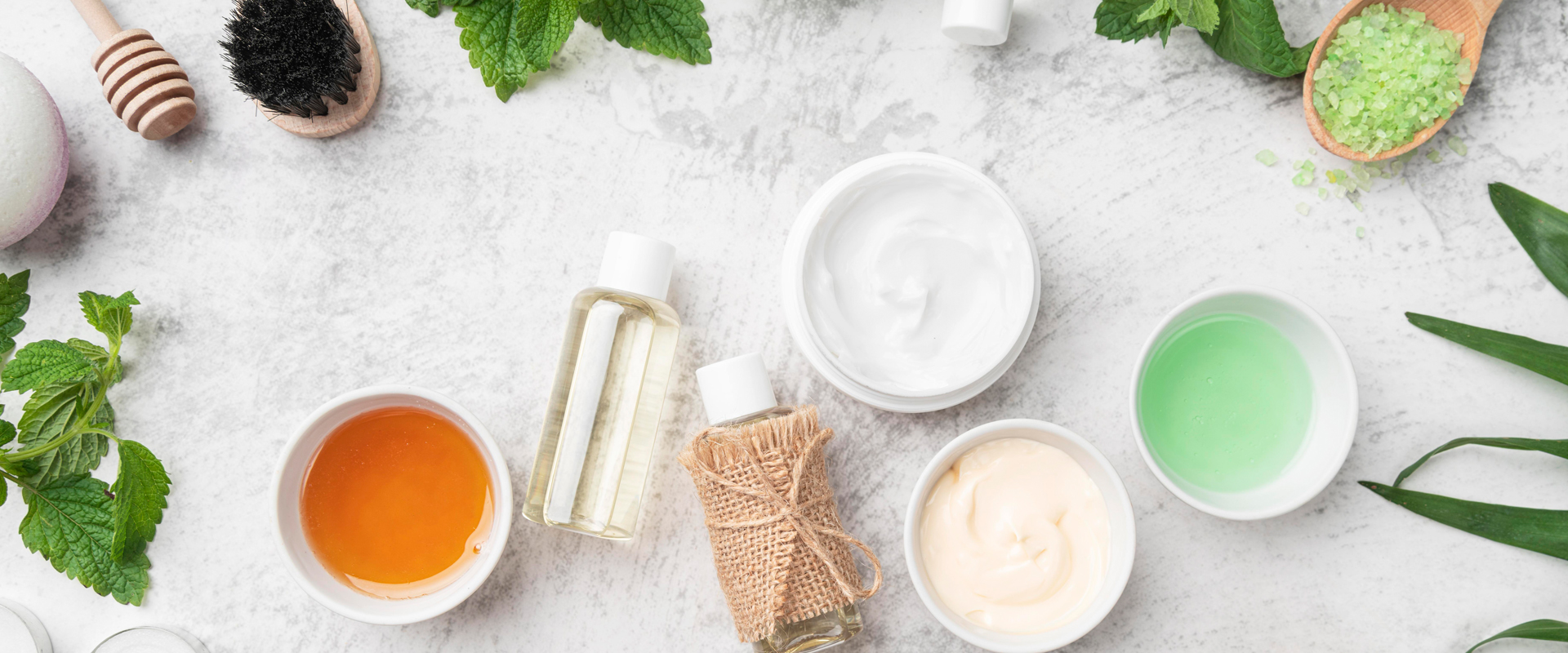
Kaali Haldi Paste for Woun+d Healing: How to Make and Use
Since ancient times, Indian households have turned to jadi buti and natural herbs for treating cuts, bruises, and wounds. Among the many healing herbs used in Ayurveda, Kaali Haldi (Black Turmeric) stands out as a time-tested remedy for wound healing and skin regeneration. Known for its deep antiseptic, anti-inflammatory, and antimicrobial properties, Kaali Haldi works as a natural healer for both fresh and old wounds.
While most people associate turmeric with cooking or skincare, very few know that Kaali Haldi paste can be applied directly to wounds to stop infection, reduce pain, promote healing, and minimize scarring. In this post by Dirghaanshi, we’ll dive into how to make a pure Kaali Haldi paste at home, its benefits for wound care, and step-by-step instructions on how to use it safely and effectively.
Whether it’s a minor cut, a skin abrasion, or an insect bite—Kaali Haldi offers a powerful natural solution. 🌿
🌿 Long Description
📌 What is Kaali Haldi?
Kaali Haldi, scientifically known as Curcuma caesia, is a rare form of turmeric with a bluish-black interior. Native to India and widely used in tribal and Ayurvedic medicine, Kaali Haldi is:
Antibacterial
Antifungal
Anti-inflammatory
Analgesic (pain-relieving)
Rich in curcuminoids and essential oils
These qualities make it ideal for wound healing, infections, and skin regeneration without the use of synthetic creams or antibiotics.
🩹 Why Use Kaali Haldi Paste for Wounds?
Unlike yellow turmeric, Kaali Haldi has stronger antiseptic and anti-inflammatory properties. It doesn’t just disinfect the wound—it actively promotes faster skin repair.
✅ Key Benefits:
Prevents Infection
Fights bacteria, fungi, and viruses that can infect open wounds.
Reduces Pain and Swelling
Acts as a natural analgesic, reducing local pain and inflammation.
Accelerates Wound Healing
Stimulates tissue regeneration and speeds up skin cell turnover.
Minimizes Scarring
Helps heal wounds cleanly and evenly, preventing long-term scars.
Soothes Skin Irritations
Excellent for insect bites, rashes, and allergic skin reactions.
Safe and Natural
Chemical-free and suitable for people with sensitive skin.
🧴 How to Make Kaali Haldi Paste at Home
Making your own herbal wound healing paste ensures purity, freshness, and safety.
🧾 Ingredients:
1–2 inches of fresh Kaali Haldi root (or 1 tsp powder)
Sterile water or rose water
1 tsp raw honey (optional – for added antibacterial effect)
Mortar-pestle or grinder
Clean bowl
Cotton or gauze for application
🥣 Step-by-Step Preparation:
✅ Step 1: Clean the Kaali Haldi
Wash the fresh Kaali Haldi root thoroughly under running water. Scrub gently to remove soil or debris.
✅ Step 2: Peel and Grate
Use a spoon or knife to peel the outer skin. Grate the inner part finely.
✅ Step 3: Crush or Grind
Use a mortar-pestle or small grinder to crush the grated Kaali Haldi into a fine paste.
✅ Step 4: Add Water or Rosewater
Add just enough sterile water to achieve a thick, spreadable paste.
✅ Step 5: Optional – Add Honey
Add a few drops of raw honey to enhance antibacterial and healing action.
⚠️ Note: Always wear gloves while handling fresh Kaali Haldi to avoid stains.
💡 How to Use Kaali Haldi Paste on Wounds
Using Kaali Haldi paste is easy and safe for minor wounds and abrasions.
🩹 For Minor Cuts and Scratches:
Clean the wound with sterile water or saline.
Apply a small amount of Kaali Haldi paste directly over the wound.
Cover with clean cotton or gauze.
Reapply every 6–8 hours or until the wound closes.
🐝 For Insect Bites or Itchy Rashes:
Apply a thin layer of paste over the affected area.
Let it dry for 20–30 minutes.
Wash off gently with lukewarm water.
Repeat twice daily.
🔄 For Deep or Infected Wounds:
Use under guidance of an Ayurvedic doctor
Do not use on open bleeding wounds or surgical cuts without medical supervision
🕒 Best Time to Apply
Morning and evening for faster healing
Can be left overnight for closed wounds or insect bites
Avoid contact with eyes or broken skin that’s too sensitive
📦 Storage and Shelf Life
Fresh paste should be used within 24 hours
Store in airtight glass container in the refrigerator
Discard if smell changes or mold appears
⚠️ Precautions Before Use
Always do a patch test before applying to large skin areas
Avoid using on deep surgical wounds or burns
Stop using if irritation, burning, or itching increases
Keep away from eyes, mouth, and genitals
🩺 For serious wounds or diabetic wounds, consult a doctor before use.
🌱 Traditional Uses in Ayurveda
In Ayurvedic wound therapy (Vrana Ropana), Kaali Haldi is combined with herbs like:
Neem – for infection control
Manjistha – for blood purification
Aloe vera – for skin soothing
Ghee – for tissue repair
You can combine Kaali Haldi paste with these for advanced herbal lepas (herbal applications).
✅ Summary Table
Feature Details
Main Ingredient Kaali Haldi (Black Turmeric)
Preparation Time 10–15 minutes
Shelf Life 24 hours (refrigerated)
Best Uses Cuts, wounds, insect bites, rashes
Application Frequency 2–3 times a day
Suitable For Adults, children (with care), elders
Avoid On Open bleeding wounds, burns, allergies
📌 Conclusion
Kaali Haldi paste is a powerful, natural, and safe remedy for minor skin injuries and wound care. With its strong antimicrobial and regenerative properties, it can prevent infections, reduce pain, and promote faster skin healing without the need for synthetic creams or antibiotics.
By preparing Kaali Haldi paste at home using pure ingredients, you ensure chemical-free healing—in line with the wisdom of Ayurveda and jadi buti therapy. At Dirghaanshi, we stand by the power of ancestral herbs to support daily wellness. So the next time you or a loved one gets a scratch, rash, or bug bite—reach for Kaali Haldi, your natural skin savior.


